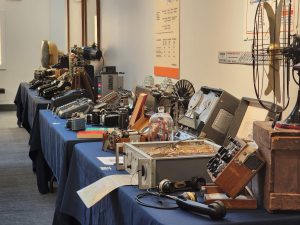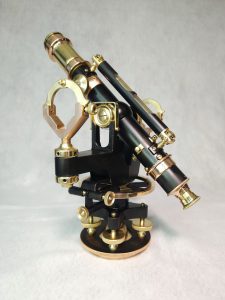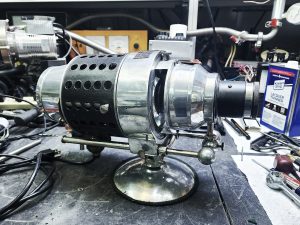This Anvil was inherited from my late Step father, who inherited it from his father. This Anvil I am sure has quite the history! It looks to have started life as a chunk of old railroad rail, that was torch cut to the current rough shape, and was well used over the years. I wanted to pay respect to those who used it before me and finish the process of conversion. I stripped it down, blasted it, and spent days grinding down the hardened steel to smooth out all the torch cuts. I did not go far enough to remove all the wear marks from decades of use though! For I wanted to keep the history. The fun part was holding this stupid heavy Anvil up to the buffing wheel to mirror polish the top, but was so worth it! I also found a chunk of old hardwood to use as the base for it, just need to hunt down the lag bolts to hold it down.
Here is how it looked when I first got it.
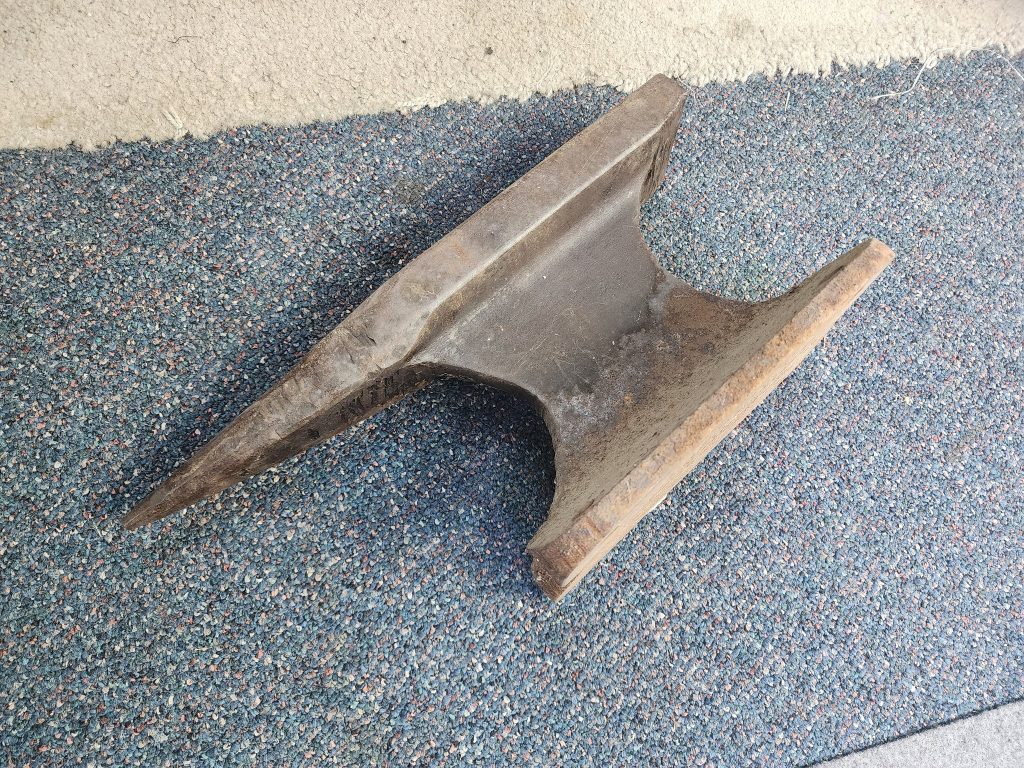
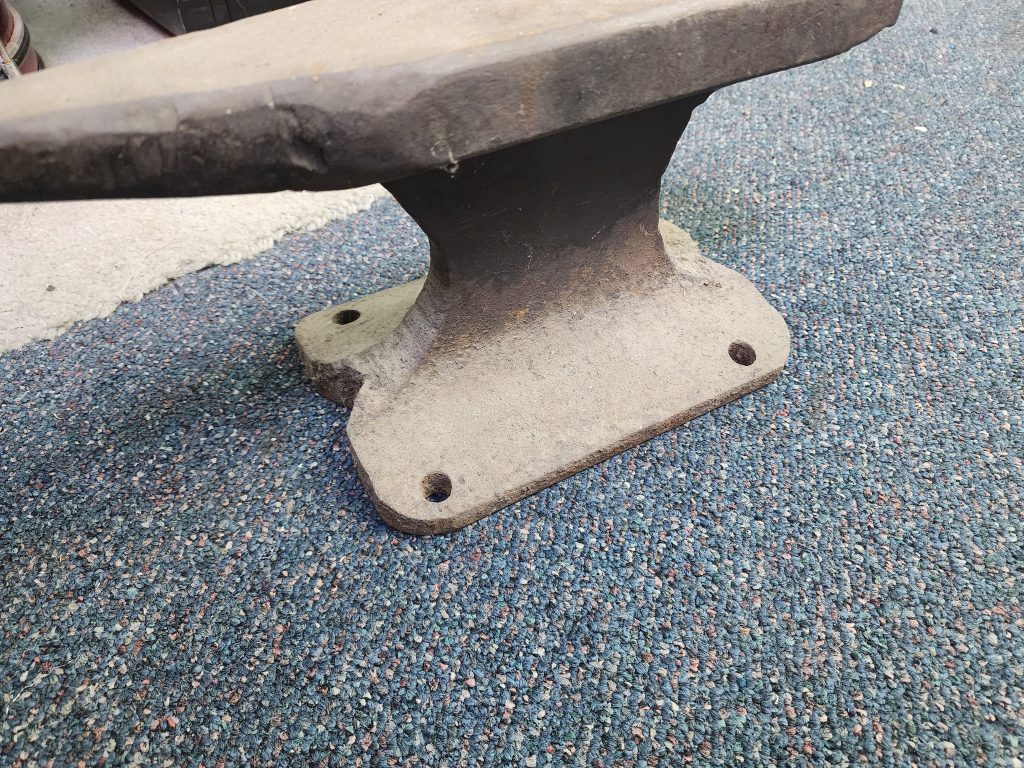
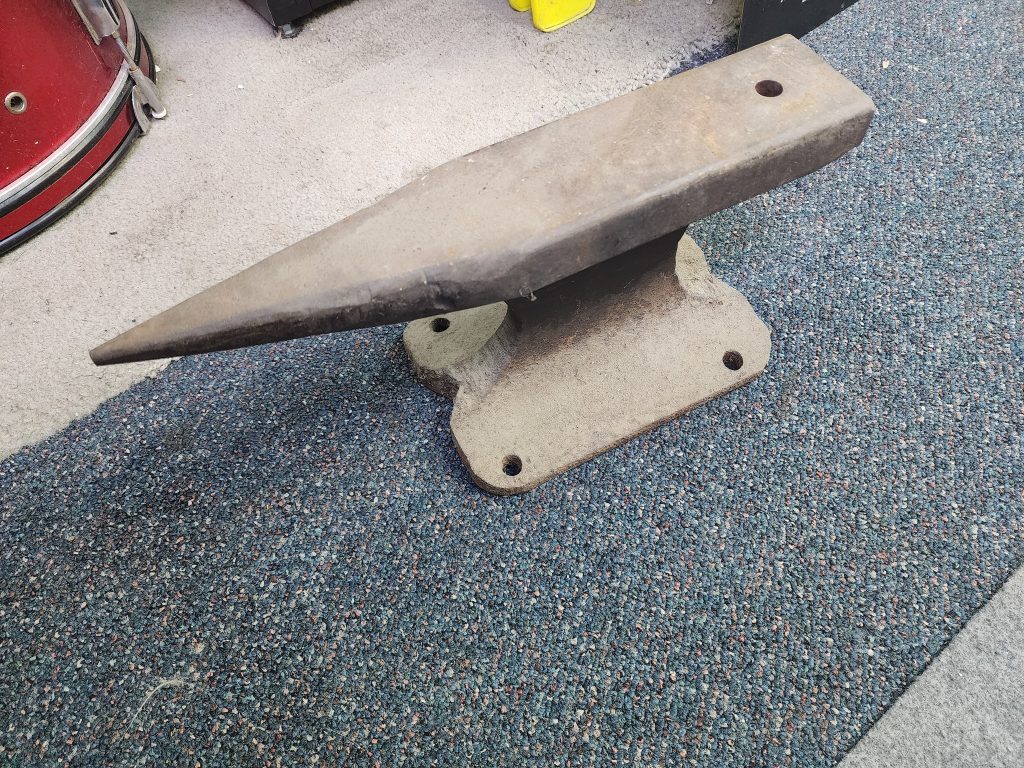
And after lots of work here it is in the shop after much grinding and sanding!
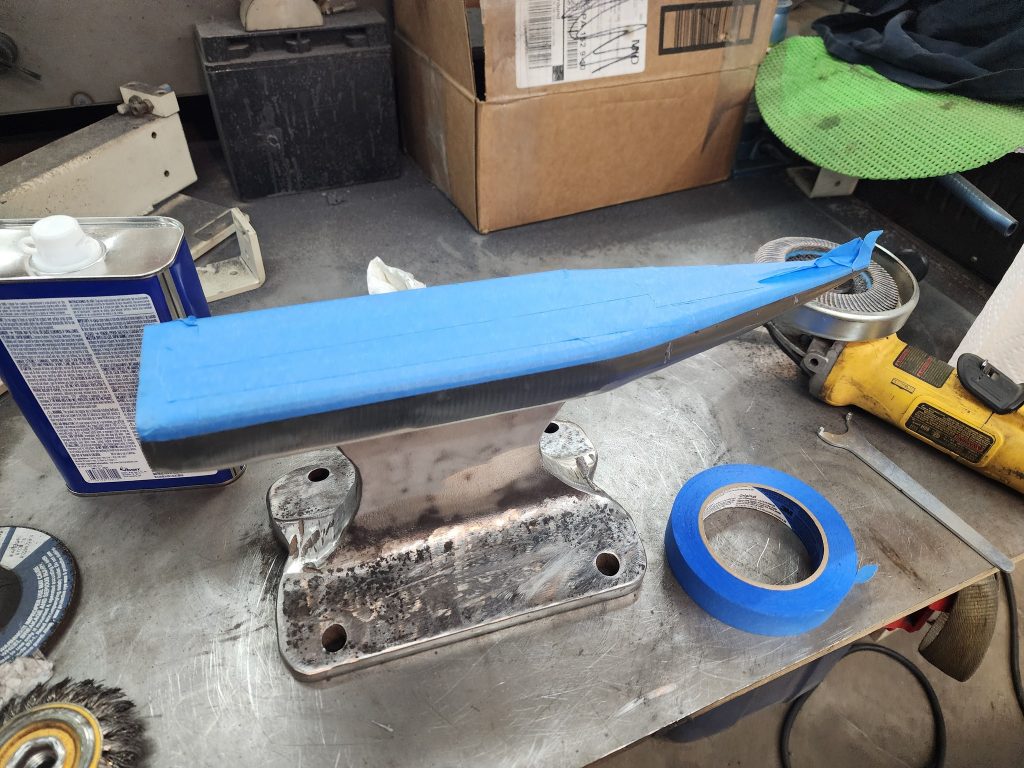
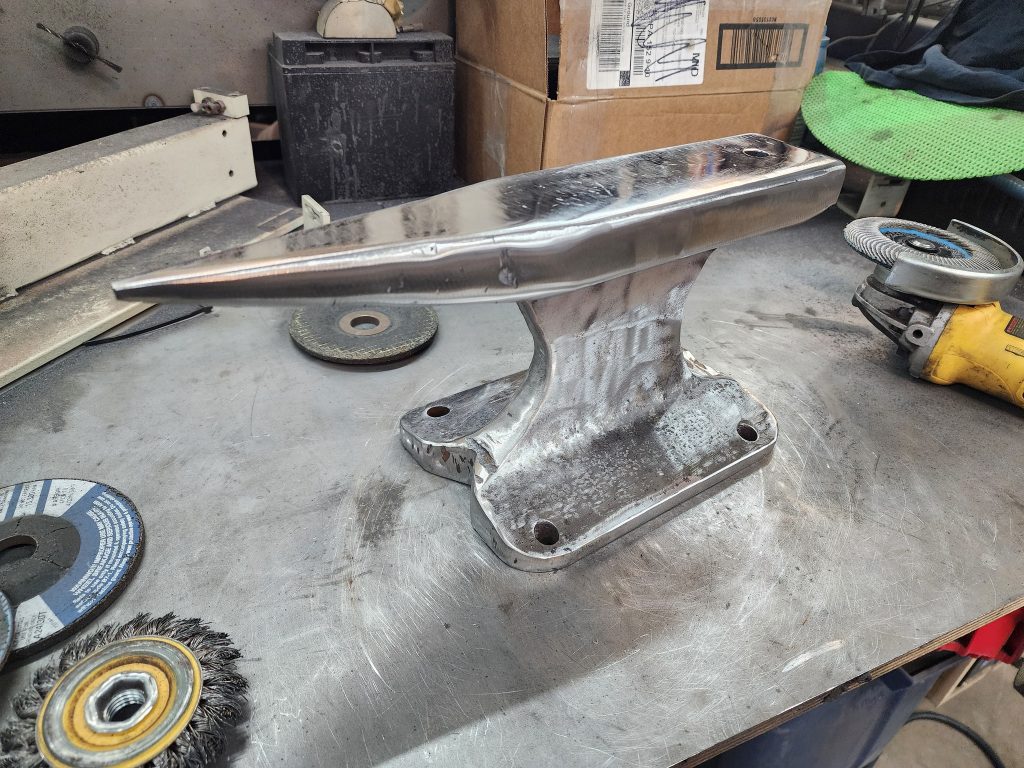
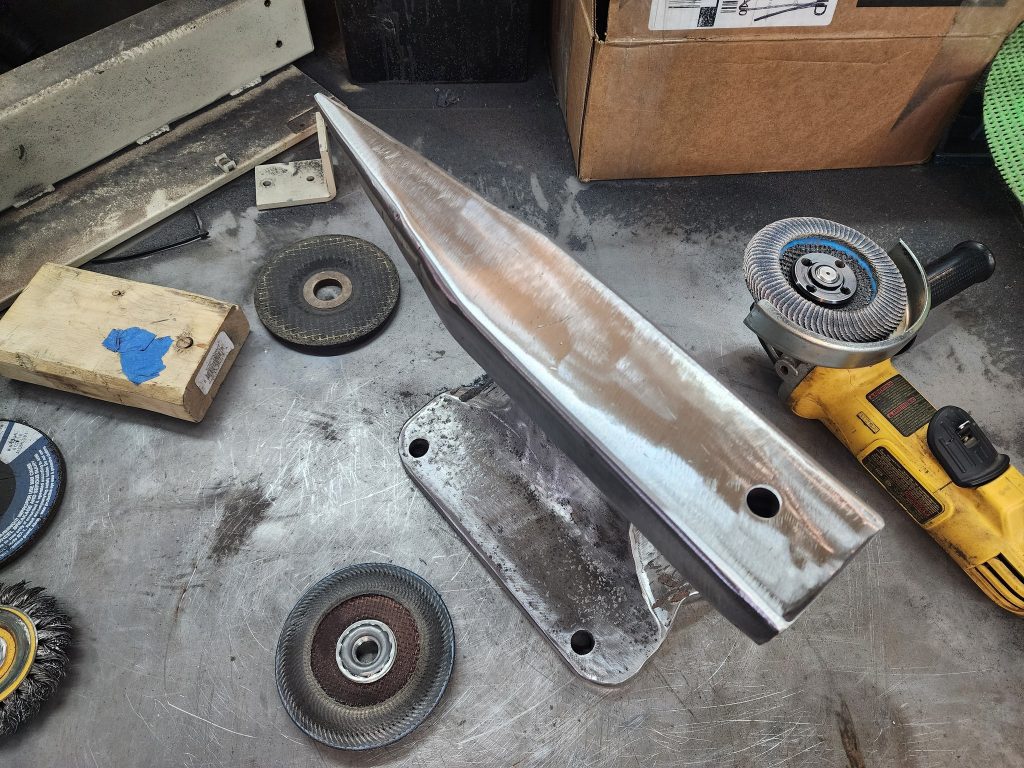
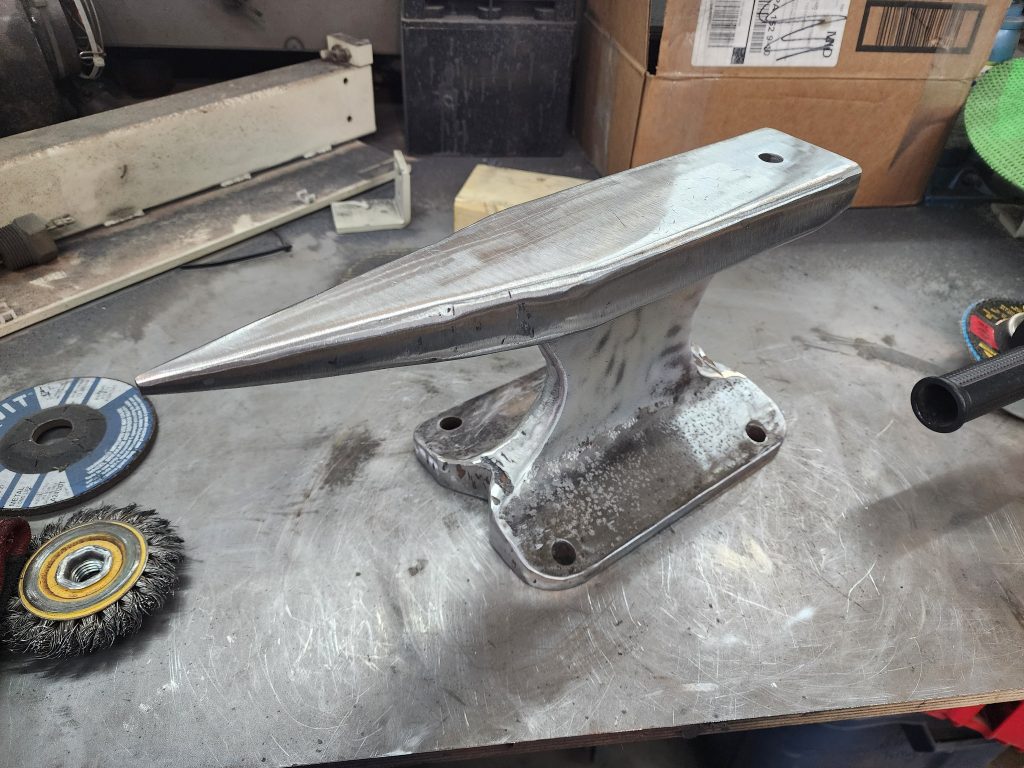
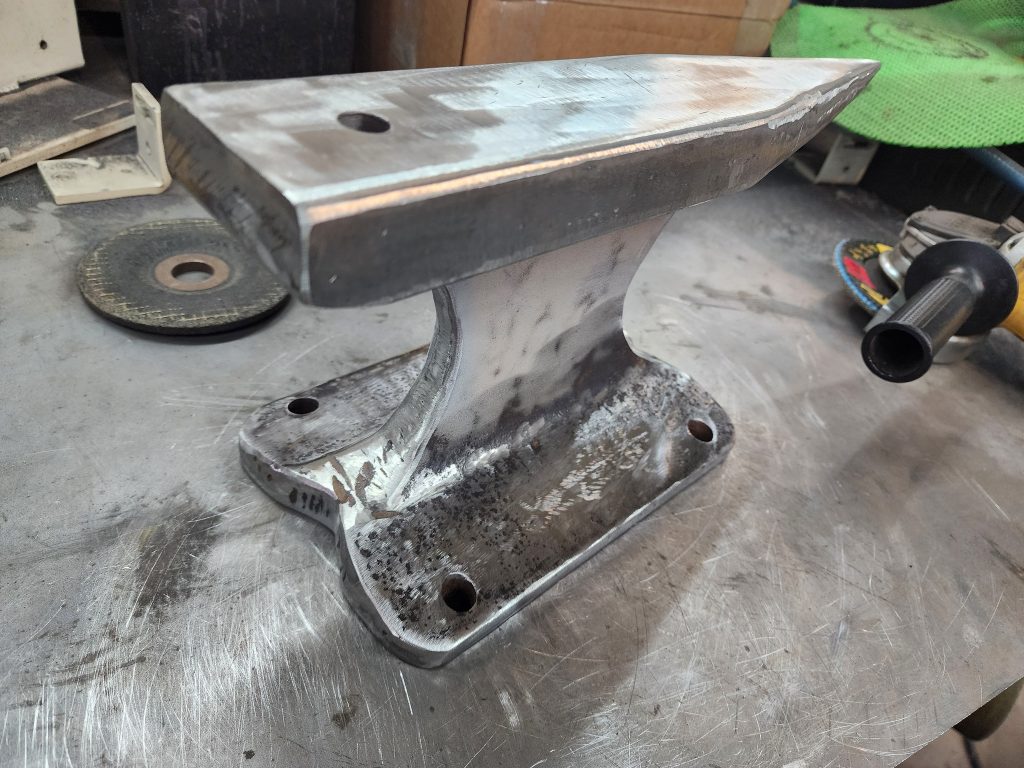
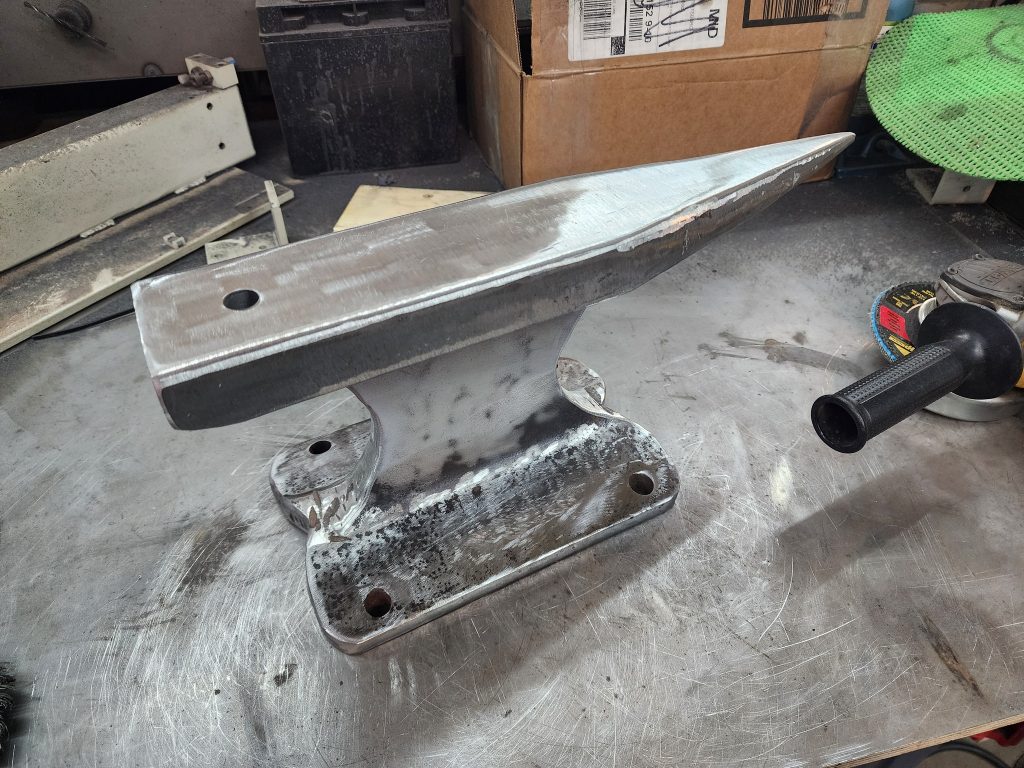
Cutting the large chunk of hard wood was an adventure, but the restored DeWalt radial arm saw had no trouble!
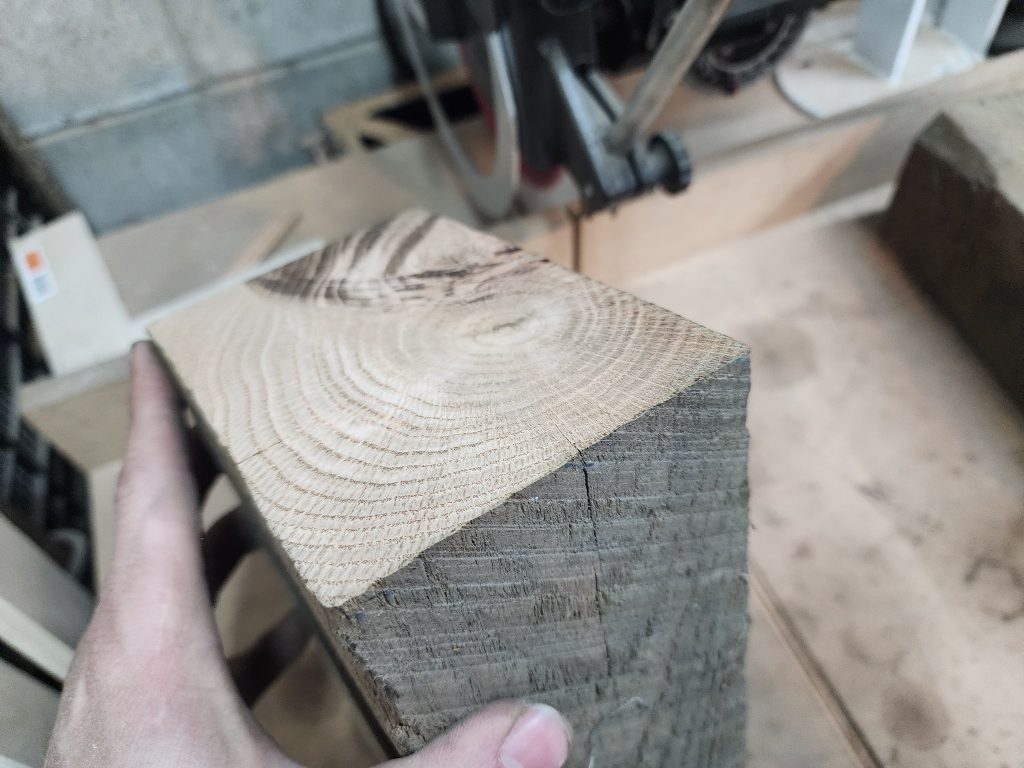
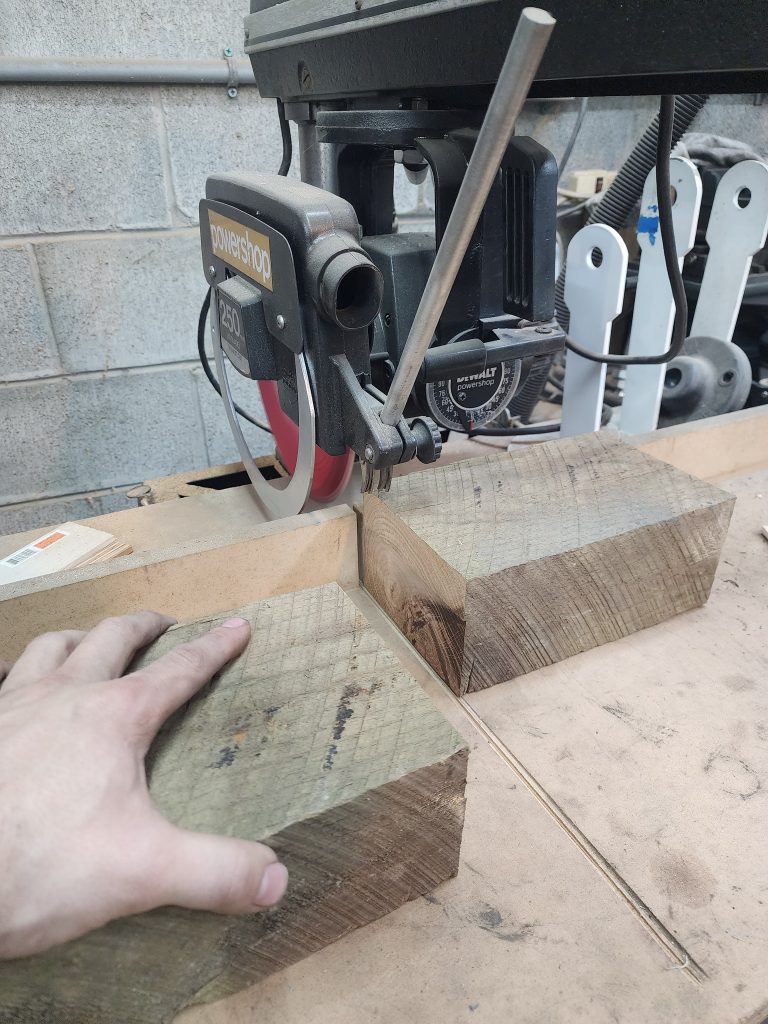
After a coat of paint, and some final polish, here is what it now look like!
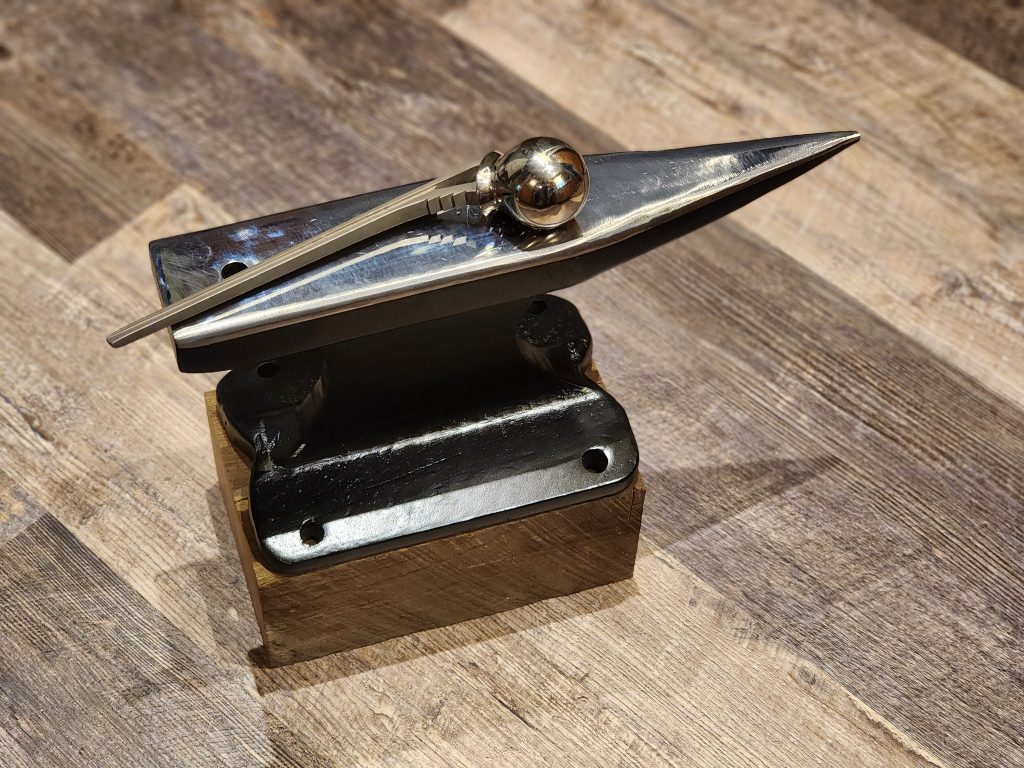
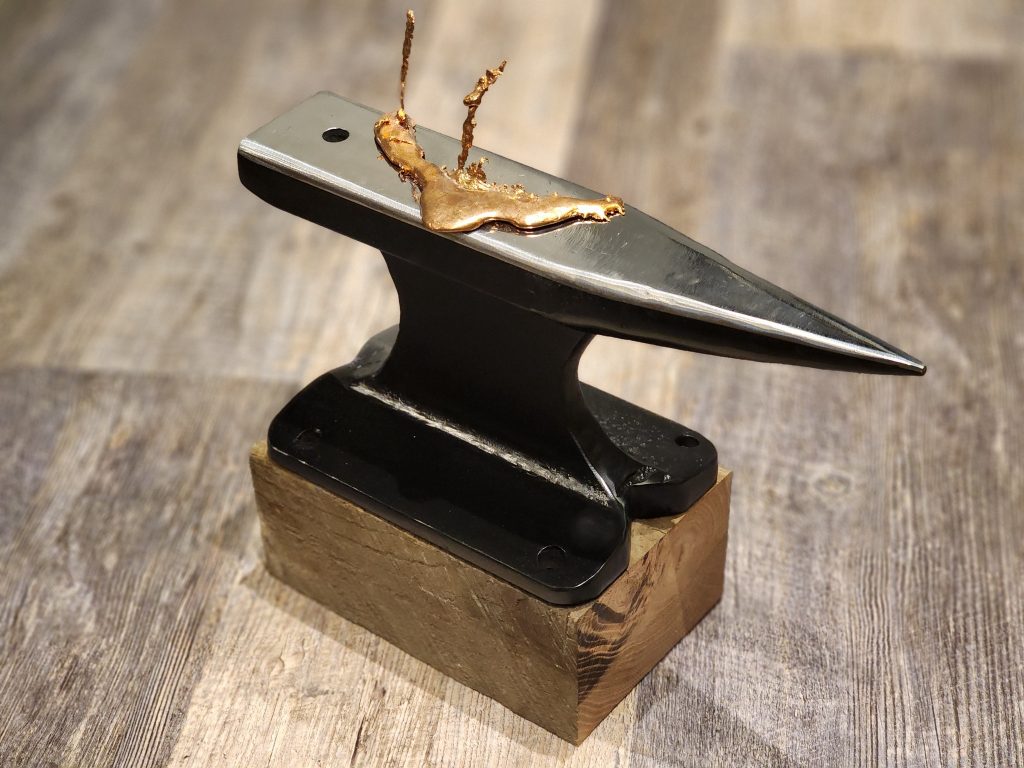
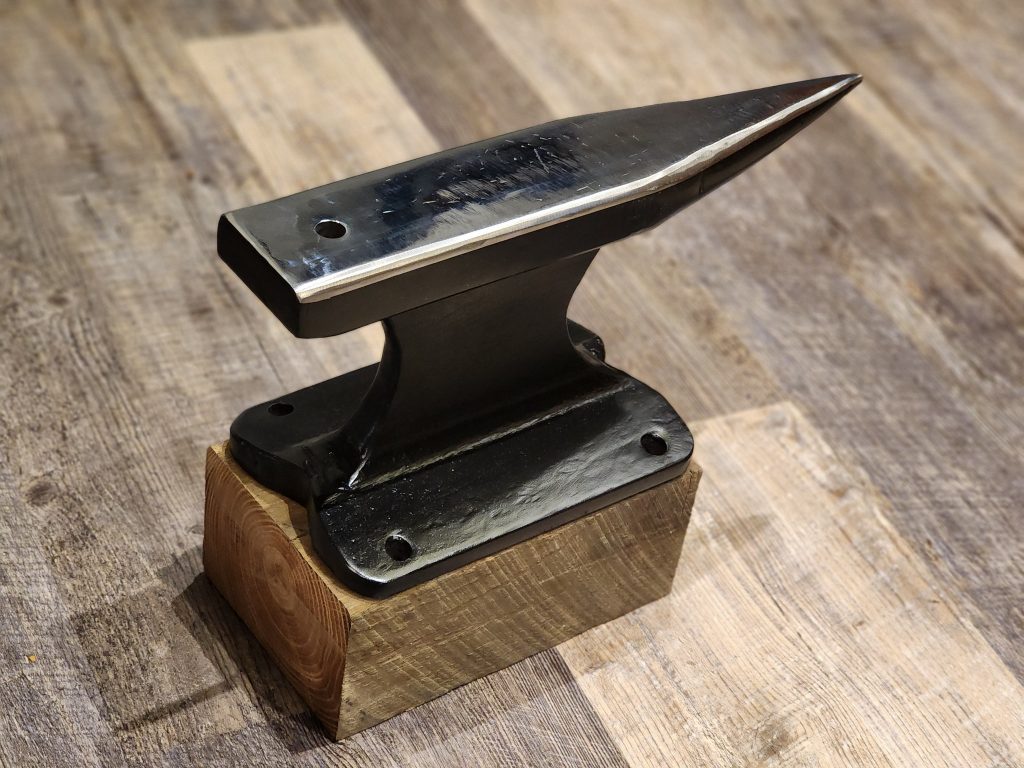
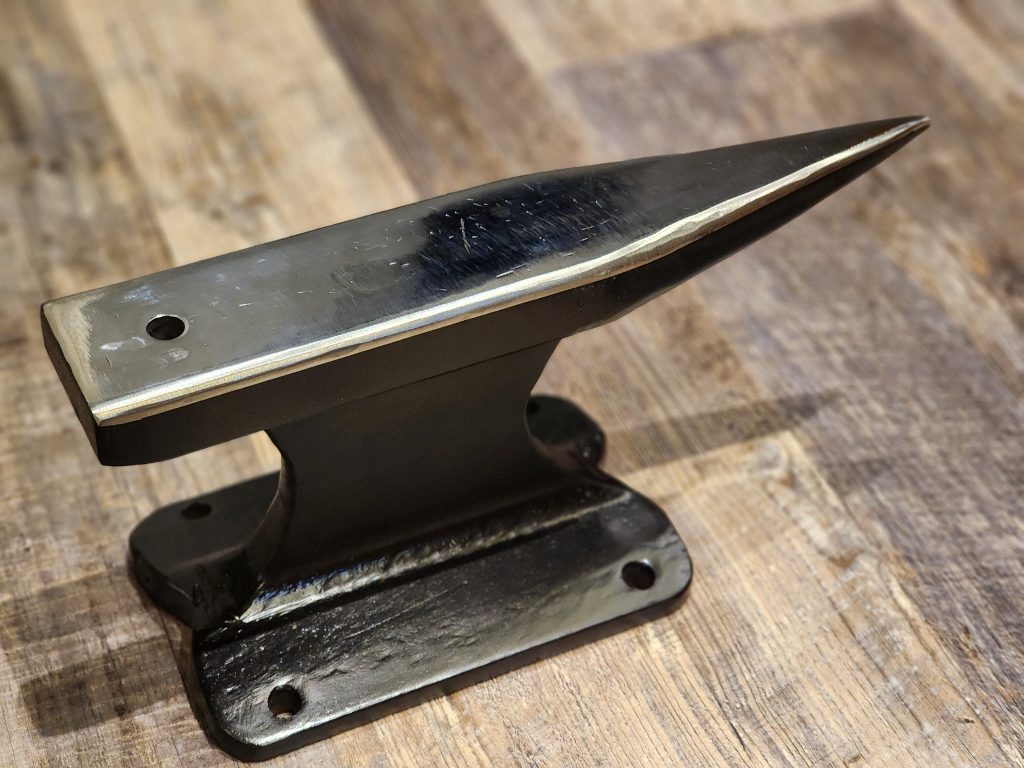
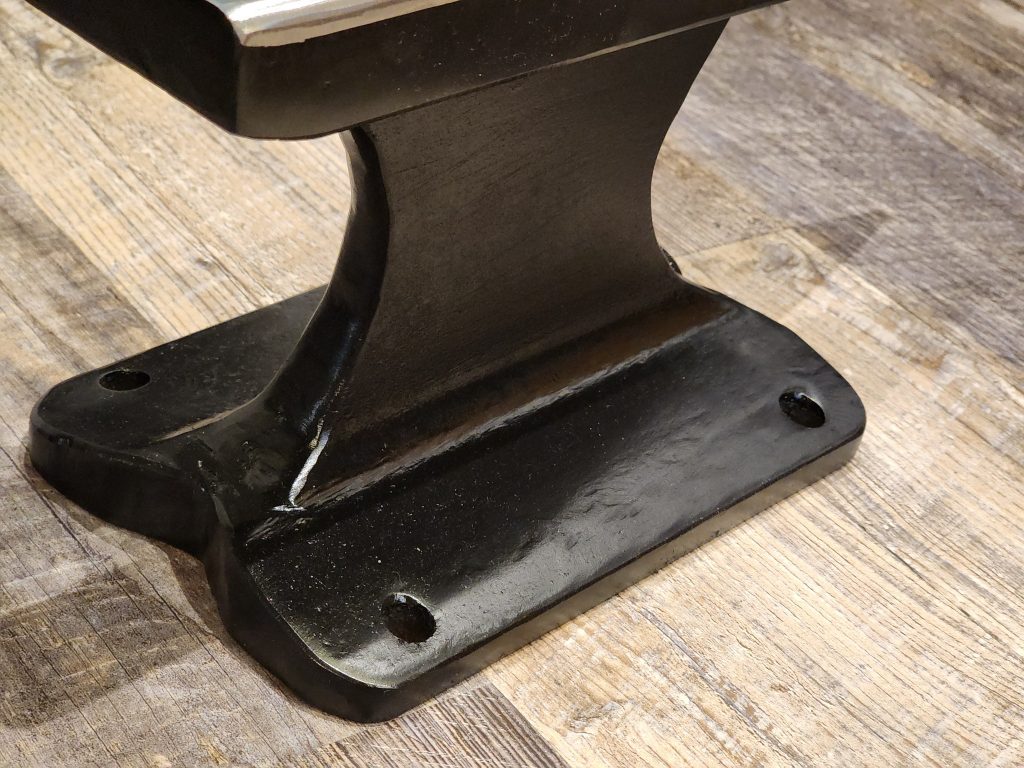
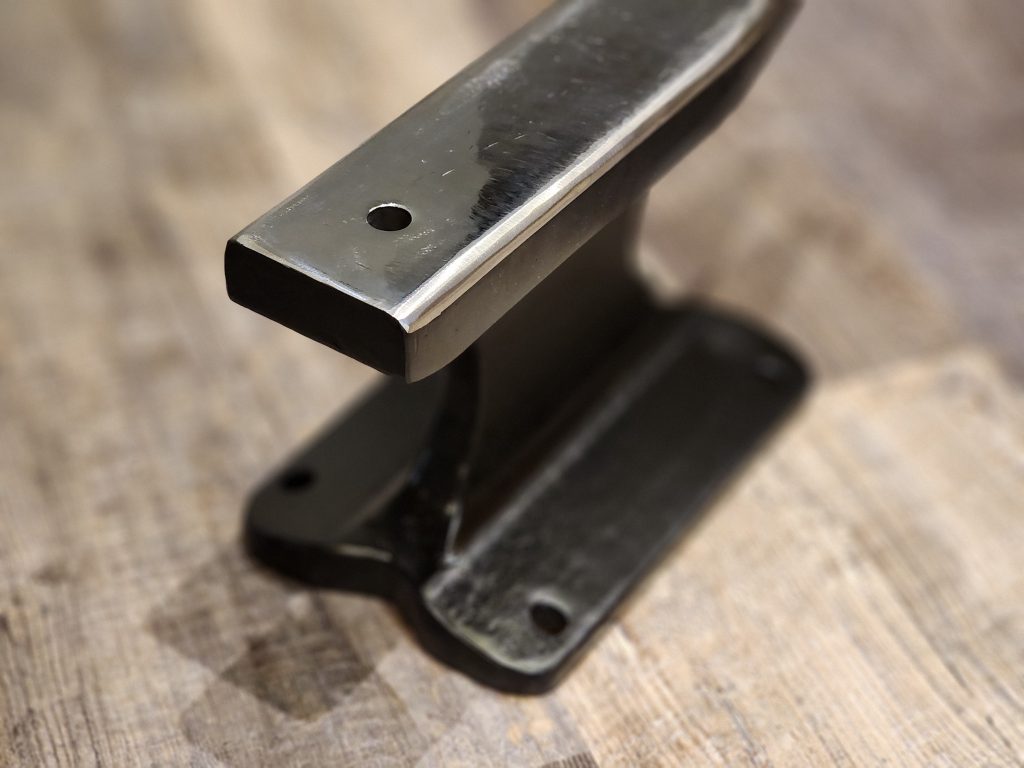
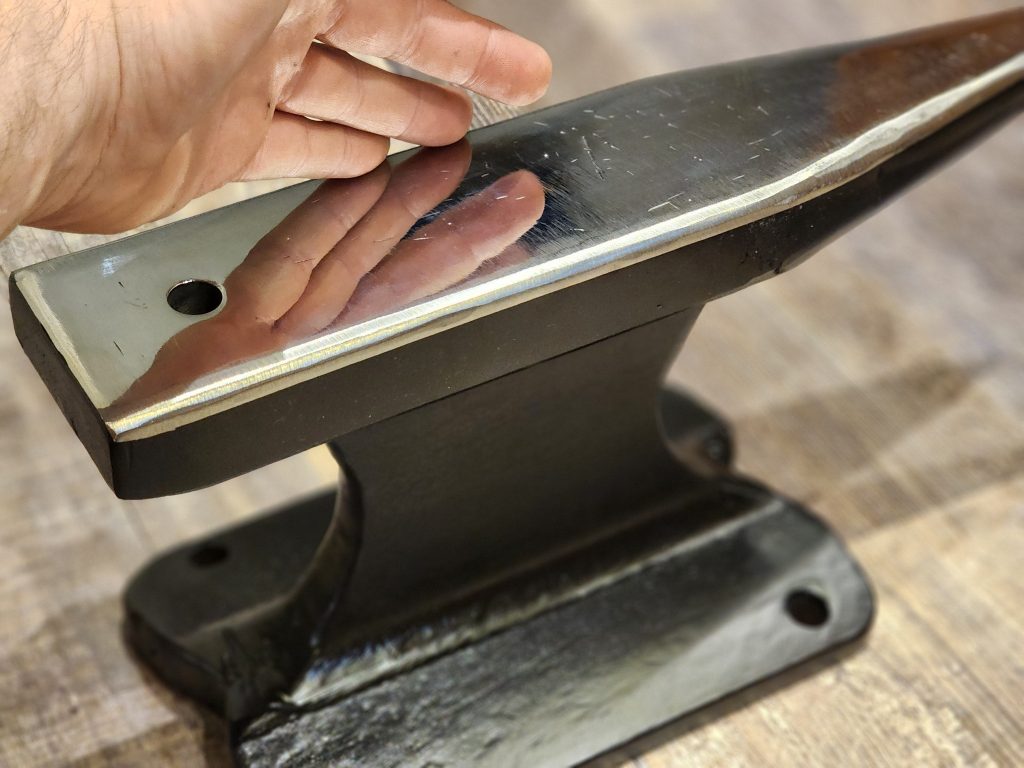
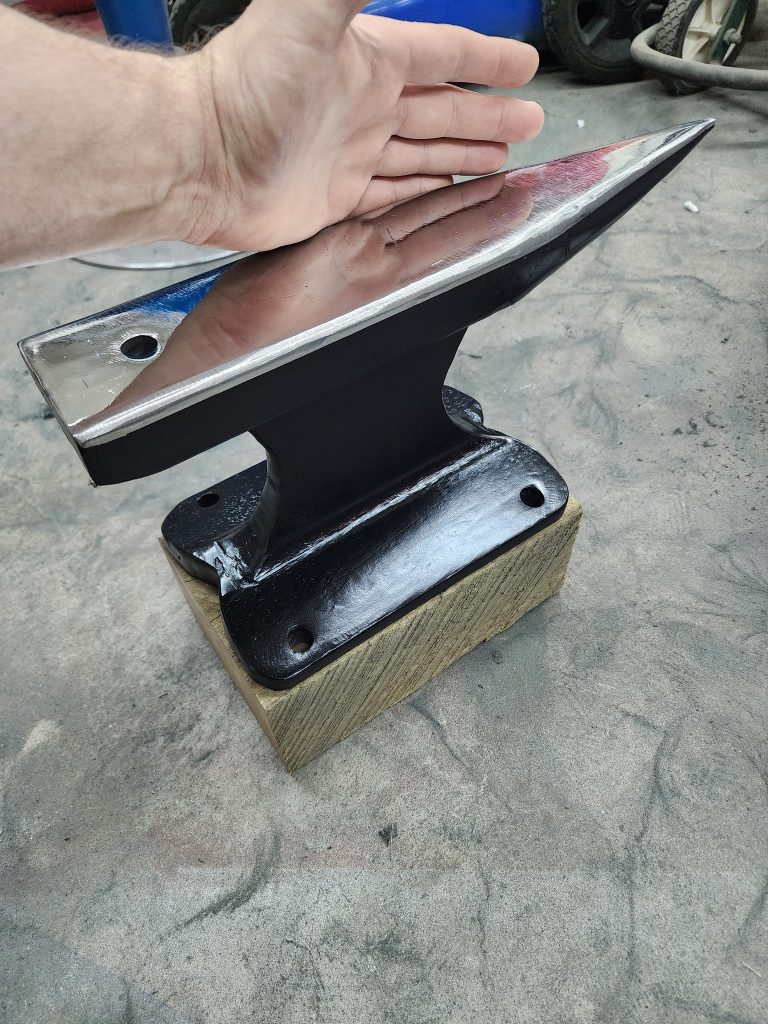
Artificial hip replacement for scale above!
Speaking of scale, here is the Anvil with my much smaller Jewelers anvil for scale. These are used to work on watches, or chains and rings.
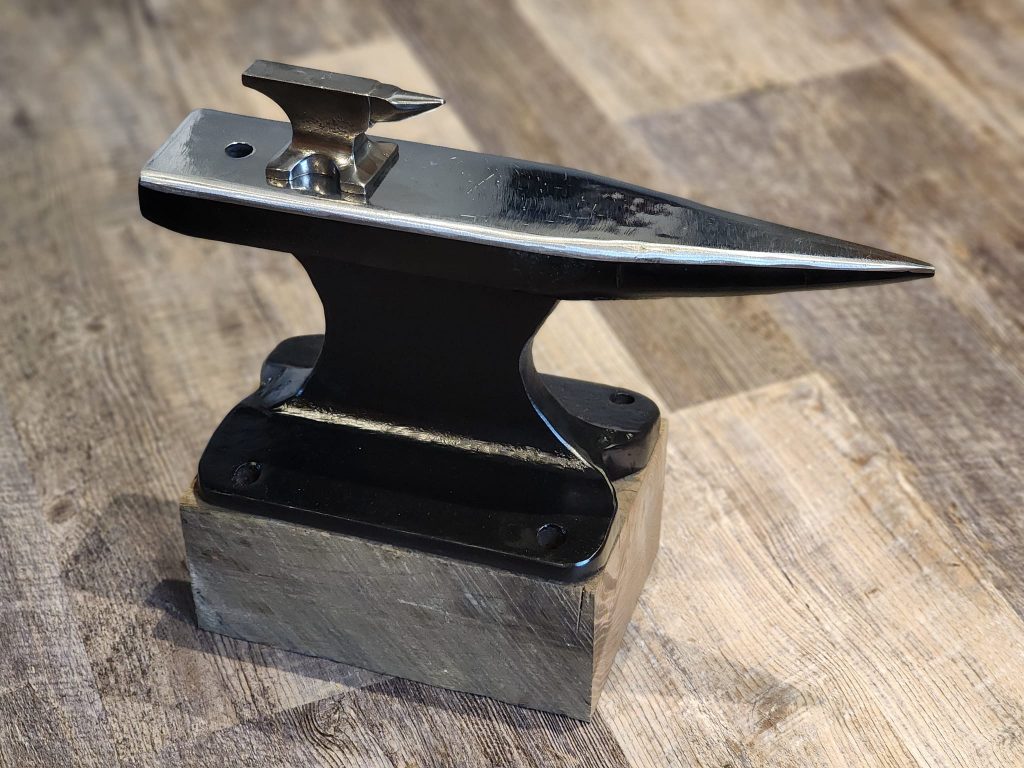
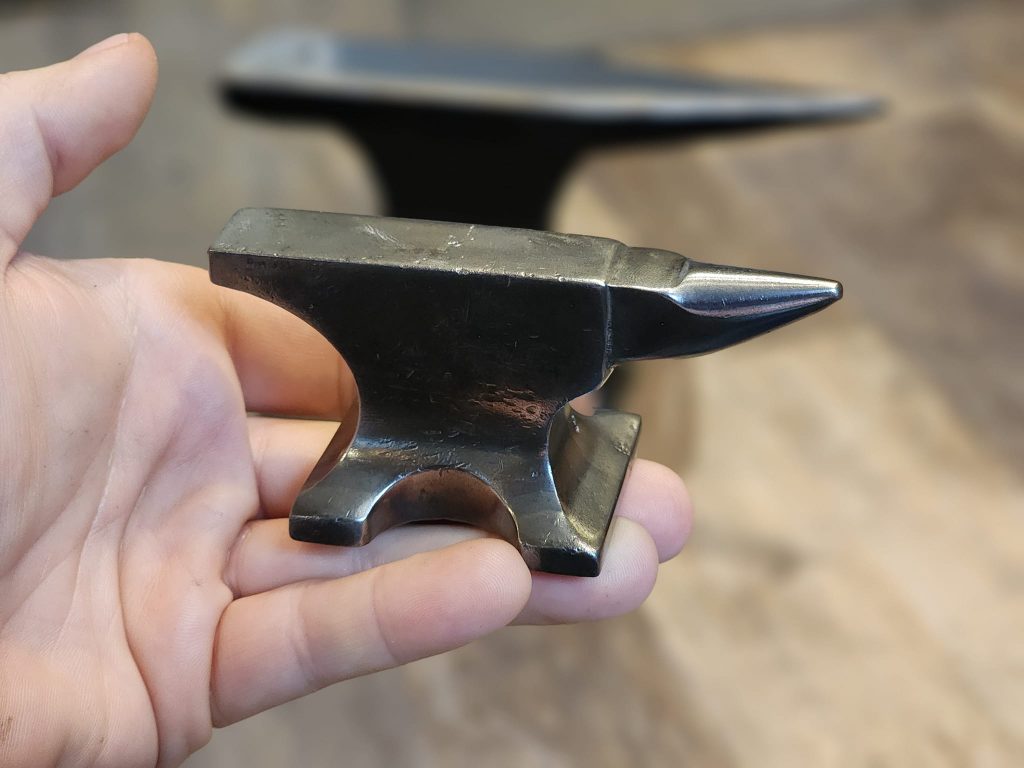
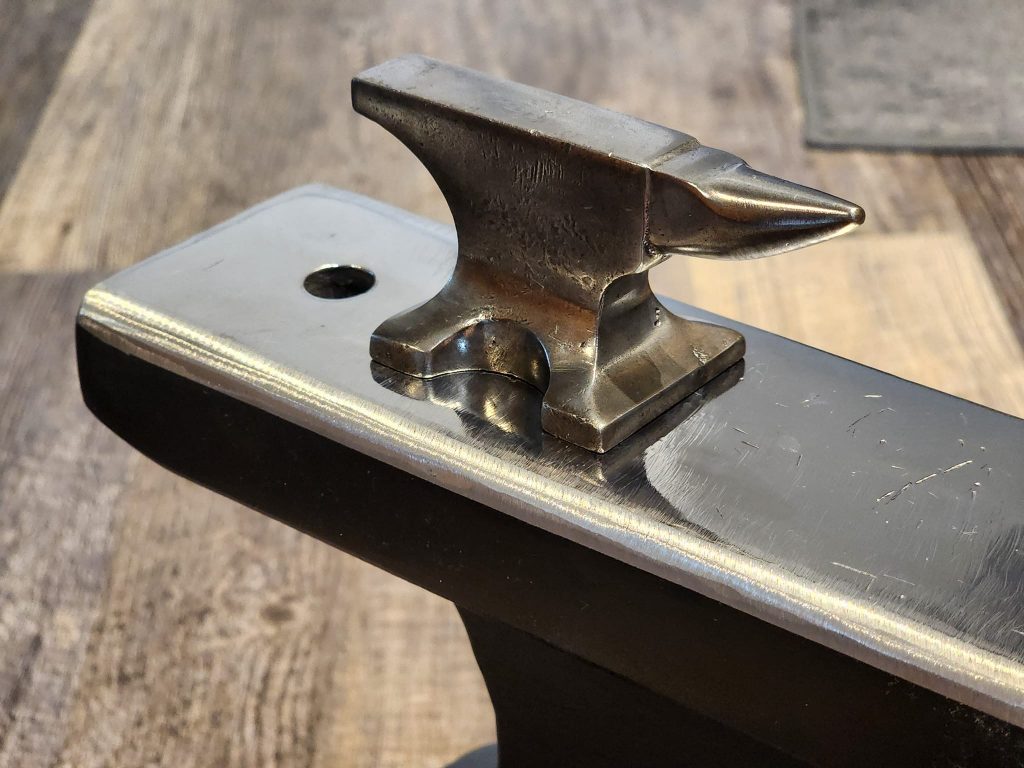
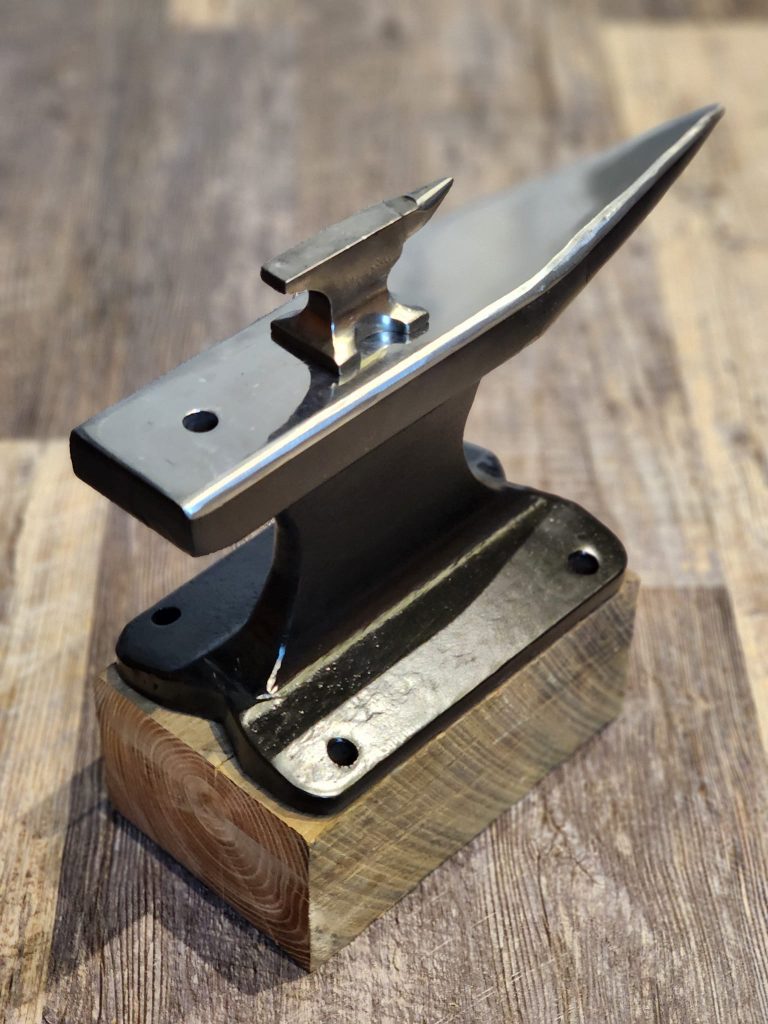
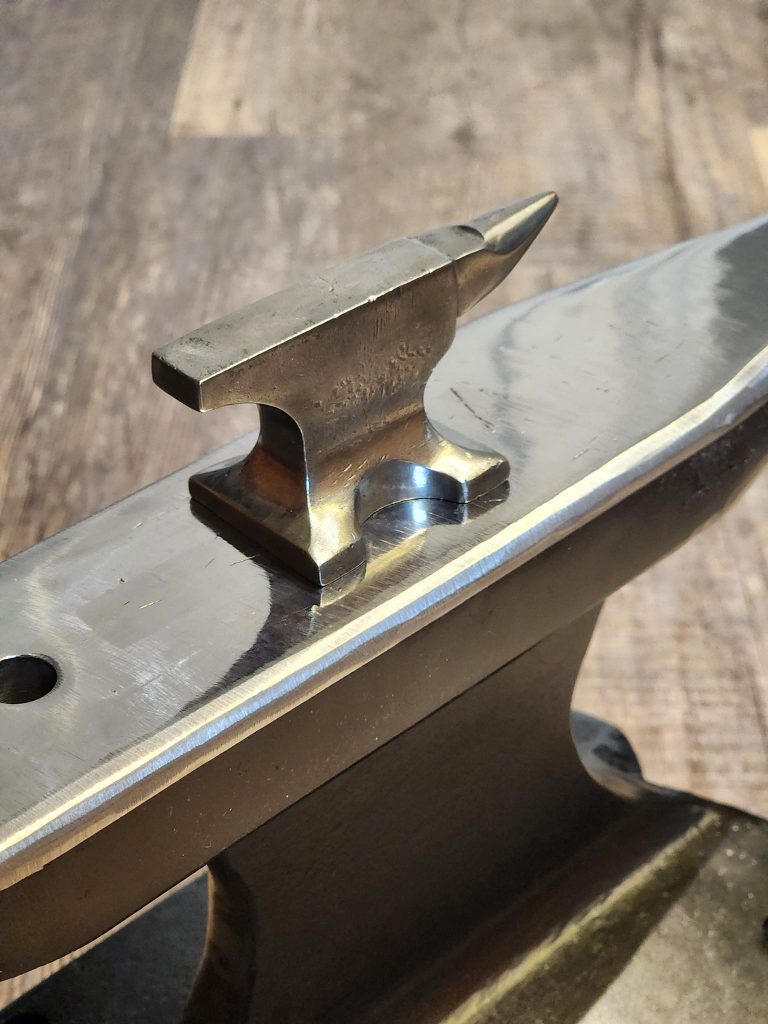
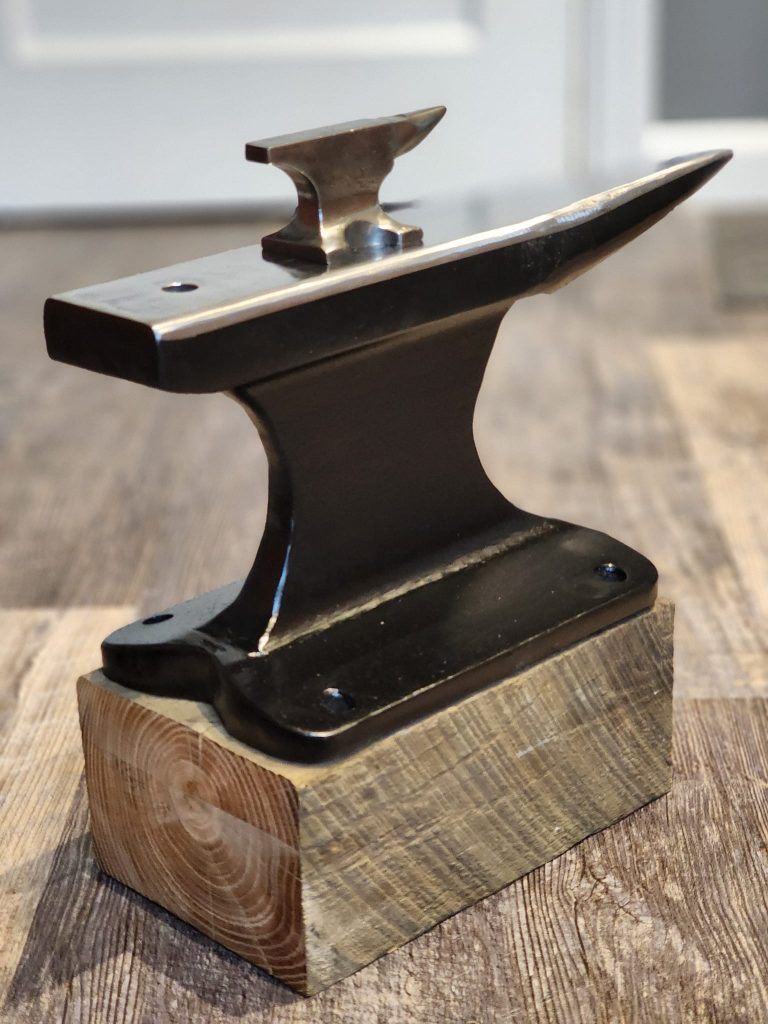
Here is a video bouncing a hardened steel ball on the surface to show the level of hardness.
I’ve always been fascinated by the ingenuity of early craftsmen. One particularly interesting practice was the conversion of old railroad rail into anvils. The dense, durable steel of disused rails made them an excellent choice for this purpose. Railroad rails are made from high-carbon steel, which undergoes a hardening process to withstand the immense pressure and wear from trains. This hardening process involves heating the steel to a high temperature and then rapidly cooling it, which aligns the steel’s microstructure to make it exceptionally tough and resistant to deformation. When repurposed into anvils, this hardened steel provided a resilient and durable surface that could endure repeated hammering without denting or wearing down. By repurposing these rails, early blacksmiths created functional and robust anvils with minimal cost and effort, turning industrial remnants into essential tools for metalworking. This DIY approach not only saved money but also demonstrated a remarkable ability to adapt and make use of high-quality materials that were readily available.
